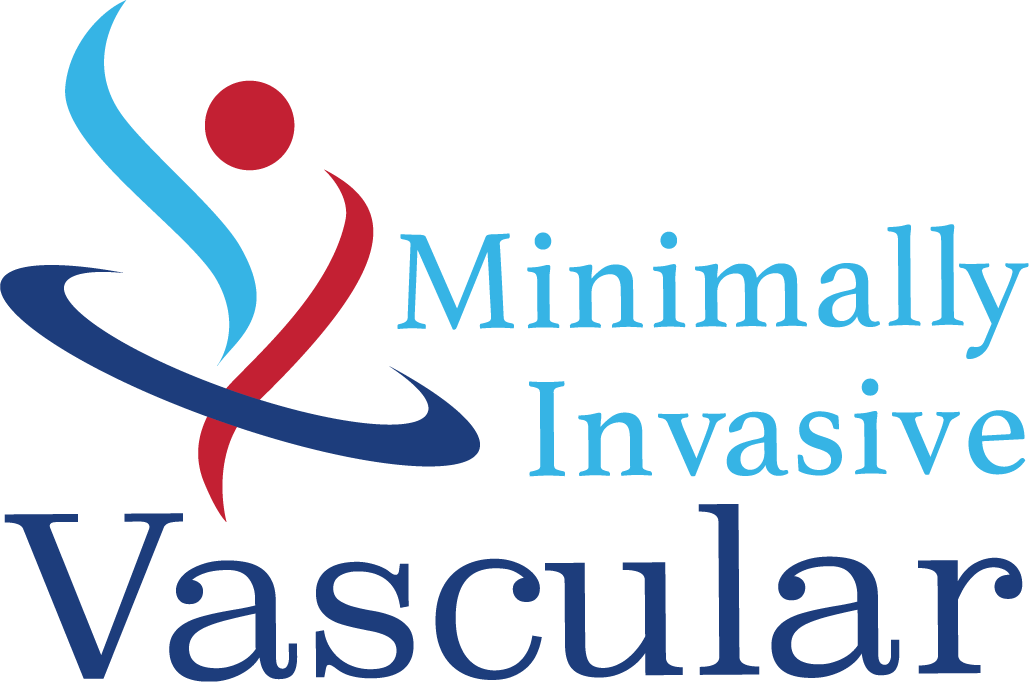
Critical Limb Ischemia (CLI)
- Pre-amputation consultation, if you have been recommended for a leg or foot amputation or if you are apprehensive that you might eventually need an amputation and you want a second opinion
- Leg or foot pain at rest, dangling over side of the bed makes it feel better
- Leg or foot ulcer or cuts, chronic infections, injuries and wounds that heal poorly or not at all
- Discoloration-foot or leg “purpling”, hair loss, muscle wasting, dry gangrene, “black toe”

Deep Venous Disease
- Pelvic abdominal pain or discomfort
- Single or bilateral leg pain, heaviness or swelling
- Abnormal enlarged and tender veins (abdominal, pelvic, thigh and/or buttocks region)
- Generalized abdominal discomfort
- Changes and darkening of skin color
- Skin that feels warm to the touch, redness
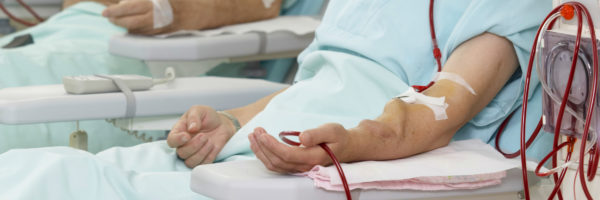
End Stage Renal Disease (ESRD) Dialysis Access Dysfunction
- Clotted access “there is no blood flow”, “they stuck the needle in multiple times and they’re not getting any blood back”, “the pulsing stopped”, “they put the stethoscope on it and they don’t hear anything”
- Prolonged bleeding after dialysis (longer than usual or > 10-15 minutes) “bleeding takes longer than usual to stop”, “there is bleeding around the needles”, “they had to put extra pressure dressing on it to make it stop bleeding”, “it bled all night”
- “the alarms on the dialysis machine turn yellow or red”
- Recirculation during dialysis
- Poor clearances with bloodwork
- High venous or arterial pressures during dialysis
- Poor or decreased blood flow during dialysis
- Poorly or non-maturing arteriovenous fistula (AVF) after 6 weeks, “they still can’t feel the fistula”, “it’s still too small”, “it’s still too deep”, “it’s not getting any bigger”
- Difficult cannulation with infiltration, “they keep missing with the needle and it hurt”, “they missed and my arm started to swell and hurt and then there was this bruising”
- Arm, hand, face or neck swelling
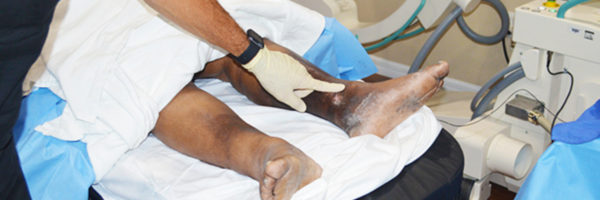
May-Thurner Syndrome
Many people do not realize they have May-Thurner Syndrome until they are diagnosed with DVT as it does not typically present with any symptoms. Most people seek treatment once they notice symptoms of DVT, which include:
- Pelvic pain or discomfort
- Single or bilateral leg pain, heaviness or swelling
- Abnormal enlarged and tender veins (abdominal region, pelvic, thigh and/or buttock)
- Generalized abdominal discomfort
- Changes in skin color
- Skin that feels warm to the touch

Pelvic Congestion Syndrome
- Dull or aching pain in the lower back or pelvis regions
- Pain that worsens toward the end of the day or when standing
- Presence of varicose veins in the pelvic, vaginal, glute or thigh regions
- Bladder and incontinence issues
- Painful intercourse
- Irritable bowels (periods of constipation followed by abdominal pain and diarrhea)
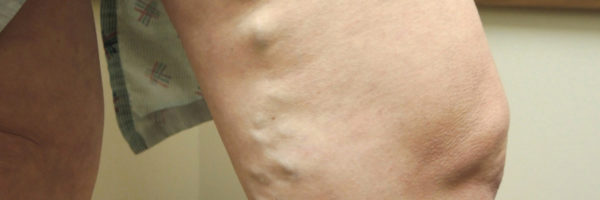
Superficial Venous Reflux Disease
- Large, bulging, ropey, or tender leg vein
- Leg swelling
- Leg or foot ulcer that heals poorly or will not heal
- Easy and copious bleeding from small cuts
- Leg pain
- Heaviness
- Cramping
- Discoloration
- Chronic skin infection of the leg
- Skin thickening
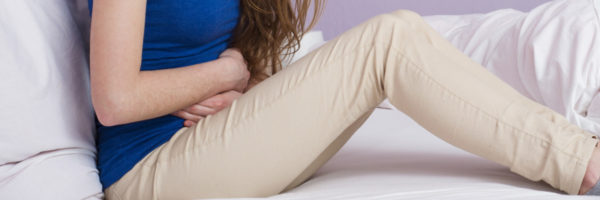
Uterine Fibroid Disease (UFE)
- Abnormally long and heavy menstrual cycles that often cause anemia
- Increased pain during menstruation or sexual intercourse
- Mass effect, “I feel full, large or heavy in my abdomen and pelvis”
- Frequent urination
- Urine “dribbling” when coughing or sneezing
- Constipation
- Infertility

Vascular Diseases, Arterial Disease and Venous Disease
Arterial Disease:
- Intermittent claudication – leg pain, cramping that occurs with walking and exercise and ceases upon rest
- Calf or leg muscle weakness
- Cold or numbness of the leg or feet
- Weak or absent foot pulses
Venous Disease:
- Leg swelling or heaviness, “boggy” legs
- Leg pain or numbness with aching or throbbing “restless” legs
- Poorly or non-healing leg and foot ulcers
- Darkened thickened skin with itching or rash on legs
- Painful enlarged varicose veins of the lower abdomen, pelvis or legs
- Vague pain or discomfort in the abdomen and pelvis especially after being pregnant
